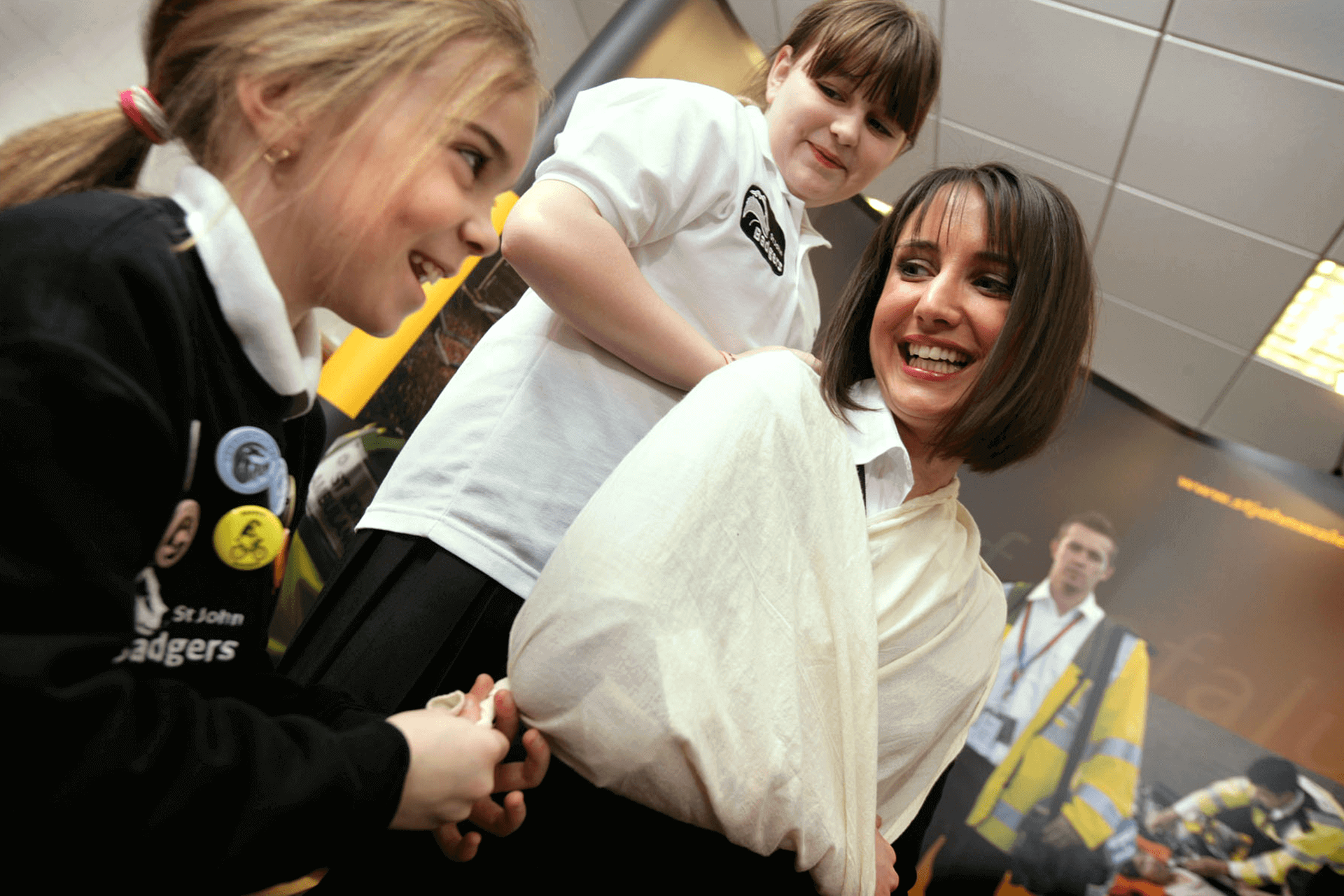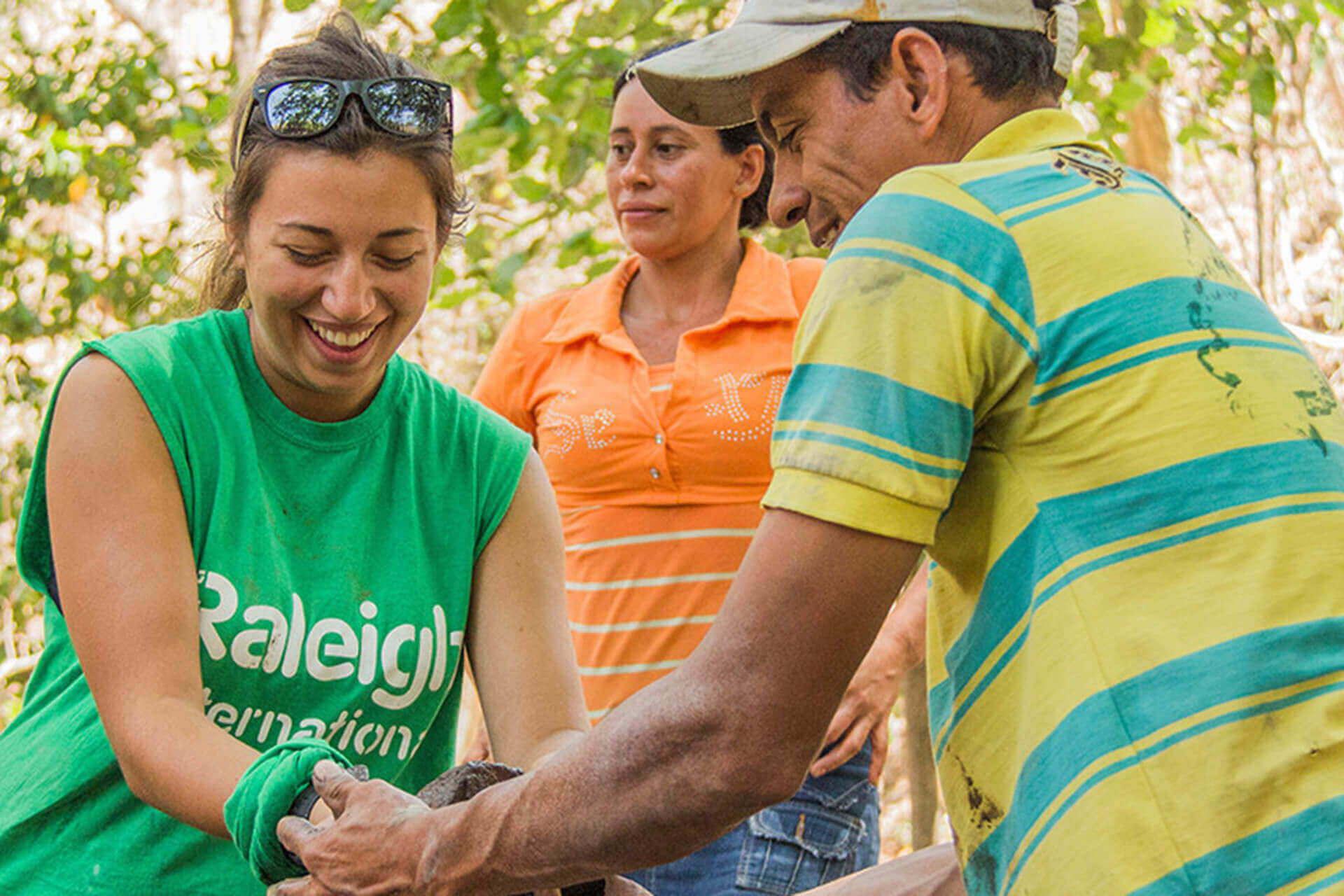Need to reach more supporters, encourage donations, hit fundraising targets and help service users? Here’s why a charity’s website is more important now than ever – and how the WebBox team are helping to raise the profile of third sector campaigns.
A website is one of the most important assets for a charity. It’s often the first point of contact for donors, volunteers, corporate partners and beneficiaries. Despite this, figures from the latest Charity Digital Skills Report show that 45% of charities still don’t have a digital strategy to optimise their website and digital efforts.
Big mistake.
When it comes to third sector websites, first impressions really do count. Web design that’s current, engaging, easy to navigate and – perhaps most importantly – easy to find can have a huge impact on website traffic, leads and those all-important donations.
The solution.
We’re actively working with third sector marketing managers to enhance their charity website’s visibility, brand identity, user experience, engagement and outreach. We’re also helping our third sector clients to implement – and reach – digital KPIs that are driving their brands forward.
We understand that tight deadlines and budgets are often linked to third sector projects – and our team are constantly using their expert knowledge and skills to help marketing managers optimise projects with cost, timeframe and usability in mind. Here’s how…

Deadlines
One of the biggest hurdles we face with charity projects is the deadline. These often highly time-sensitive and non-negotiable. One of our most recent projects was the creation of a microsite to commemorate St John Cymru’s centenary year. Not only did the site have to be accessible, interactive and fully responsive with its own content management system – it also and be ready to launch by St David’s Day.
Long story short, we developed a thorough understanding of the brand’s identity and used our signature project management methodology to deliver the microsite by the tight deadline and planned launch celebrations. You can read more about the full project here.

Budgets
The cost can often hinder the digital ambitions of third sector clients. But when budgets are expertly approached, this needn’t be the case. We recently worked with sustainable development charity Raleigh International to create a strategy that would help them reach more potential volunteers through a carefully executed Google Ads campaign.
Google provides a grant towards advertising for charitable organisations, and one of our key aims was to meet the strict guidelines of the grant to access as much of this budget as possible. We also ran a paid campaign alongside it to fully optimise its effectiveness. This resulted in a 12% increase in conversions, a 13% decrease in CPA, almost 40% decrease in bounce rate and over 70% increase in average session duration. You can read more about the project here.
Usability
In many cases, the creation of a website, microsite or ad campaign is only the start of a charity’s digital project. The systems and training that go hand-in-hand with the project can hugely impact on its success. We’ve developed easy-to-navigate content management systems and delivered full on-site training to internal teams. This not only lets the charity manage and upload their own content, but it also helps them develop their in-house digital skills.
We’ve also delivered PPC Training to third sector marketing teams looking to expand their understanding of the Google Ads interface, targeting options and other key features that will help them optimise their online profile and outreach.
Are you a third sector organisation looking to boost your online profile? Drop us a line to chat to us about our range of digital services and training for your team!


